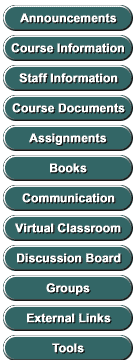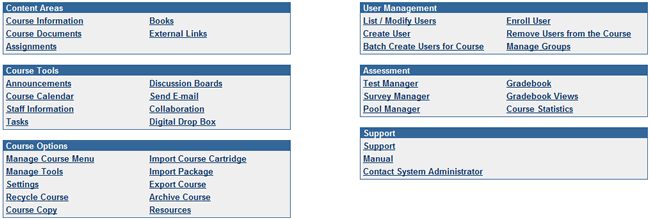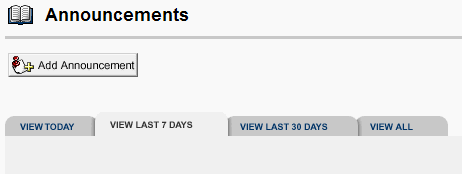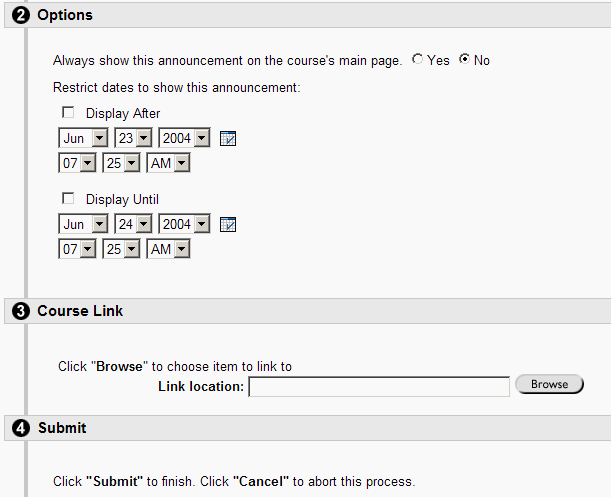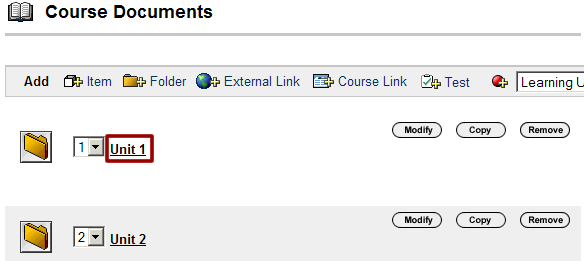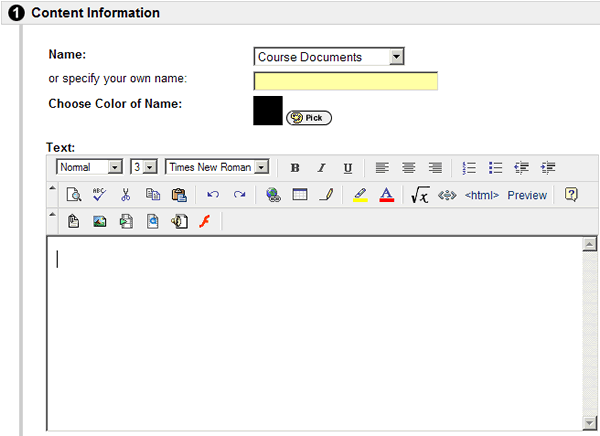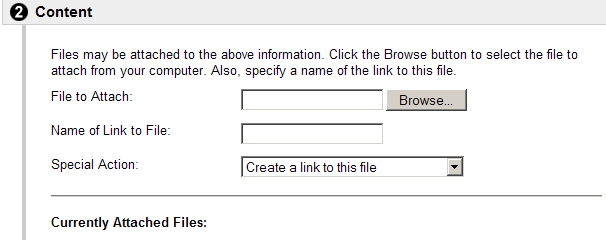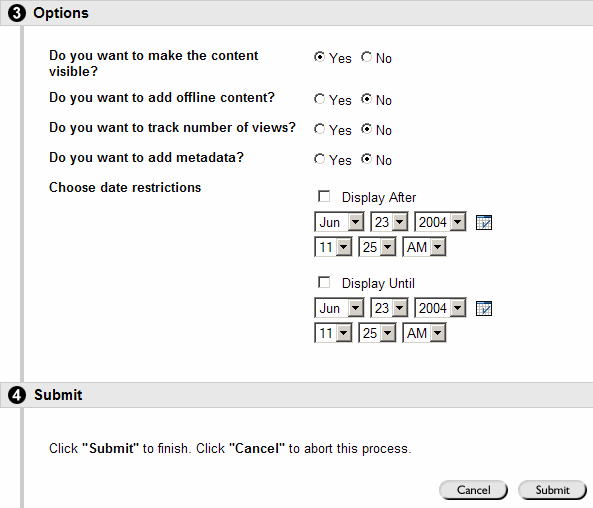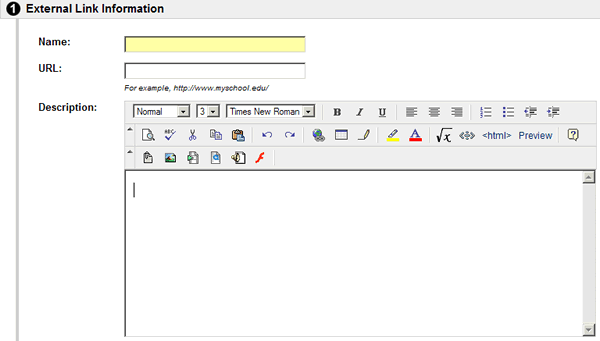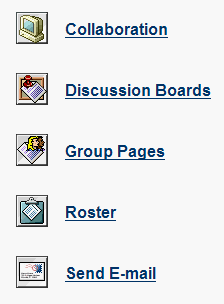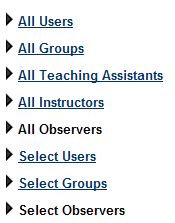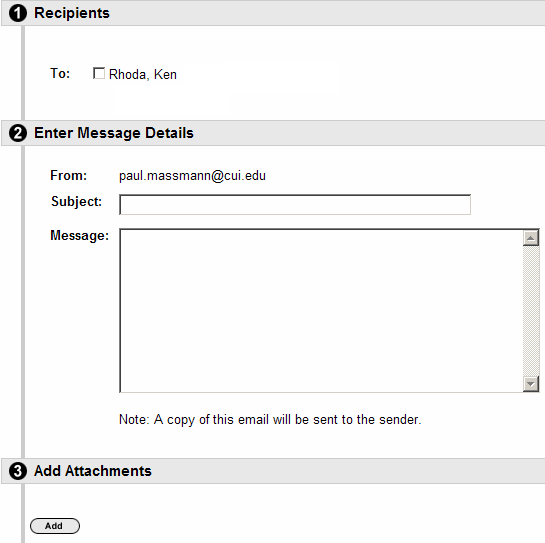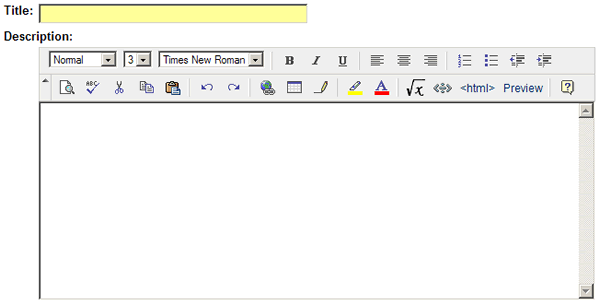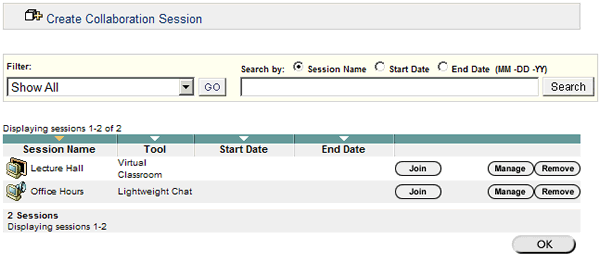|
You are most likely already
accustomed to placing the documents you create on your hard drive into
file folders to better organize the materials. Blackboard offers you the
same option, with one big difference. On your hard drive, you create several
documents. You decide they should be in the same folder. You create the
folder and move them into the new folder. No problem... this strategy
works fine on the hard drive. It does NOT work in Blackboard. You need
to establish the file folders FIRST, before you move documents to your
site. Once there, the only way to get them into a folder is to remove
the document, create the folder, and then place the document into the
folder. There is no simple way to move it once it is on the server.
Thus creating FOLDERS FIRST,
you new mantra, is extremely important. You can rename them and reorder
them once they are posted, but they must be posted before you put documents
into the site. You can even nest folders within folders if you so desire.
In Course Information, Course
Documents, Assignments, Books, and External Links provide the option to
create folders, and all work exactly the same way. The example below is
from the Course Documents option, but all look the same.
|
|
You can name the folder using
the default names, or create your own. If you click on the down arrow
next to Handout, you will see several options, including Other - Insert
Text Below. If you select this option, type the name you wish in the box
below where you made the choice. If you decide later that you wish to
rename the folder, you certainly have that option available to you.
You can also select the color
of the title for the folder by clicking on the Pick option next
to Choose Color of Name. You will see a palate of colors. Highlight your
choice.
|
|


